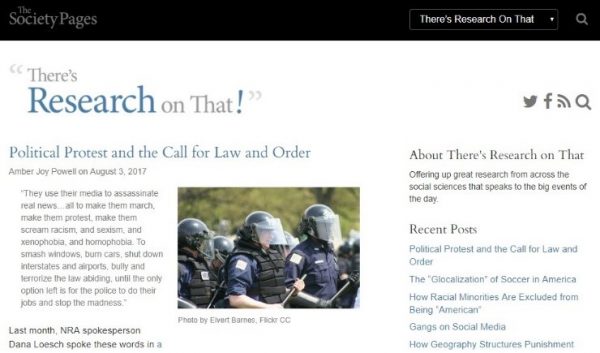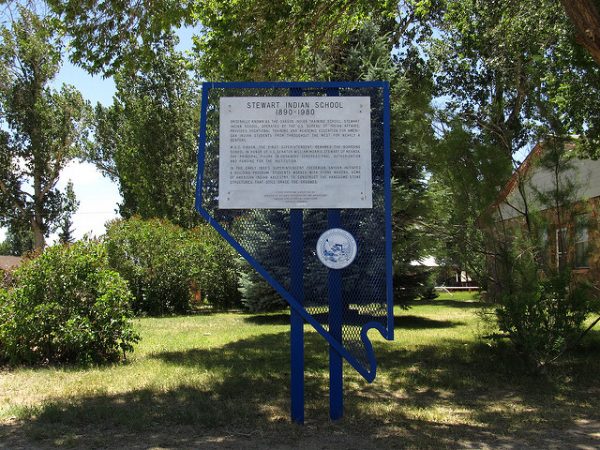
If you’re anything like me, when you need a break from your work, you spend some time binge watching TV. Of course, I only watch the most intellectually stimulating shows — which brings me to The Great British Baking Show. Over my holiday break, I watched all six seasons and the holiday special. While this isn’t my proudest accomplishment, it did get me thinking about student feedback and The Great British Baking Show as a pedagogical model.

If you haven’t seen the show, the set-up is that in each episode, the bakers have three baked goods that are judged before one of the contestants is eliminated. The bakers know about and plan for two of the challenges, but the third is a surprise. As you can imagine, each week there is a range of success, and therefore a range of feedback given.
Over the course of the episodes, I began to notice that judge Paul Hollywood stood out — not just for his icy, blue eyes but also for the comments he made and the advice he gave the contestants each week. Paul is especially efficient and concrete in his feedback to contestants. Paul and Mary Berry, the other judge, follow many of the tactics that research shows to be best practices in providing effective feedback. I want to highlight a few of them.



